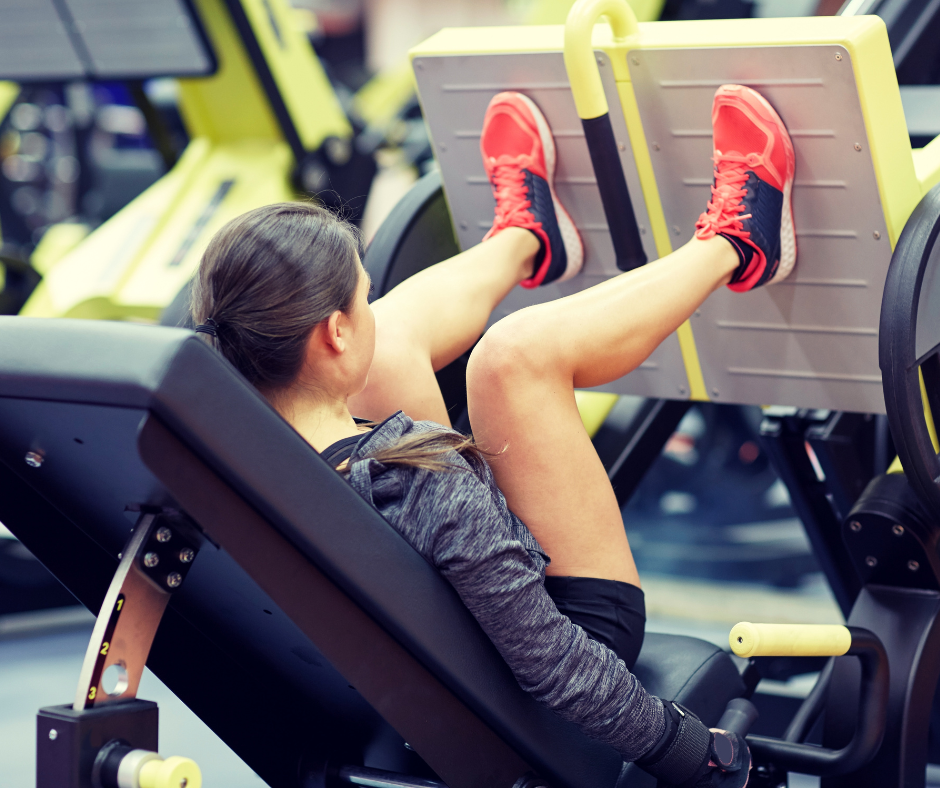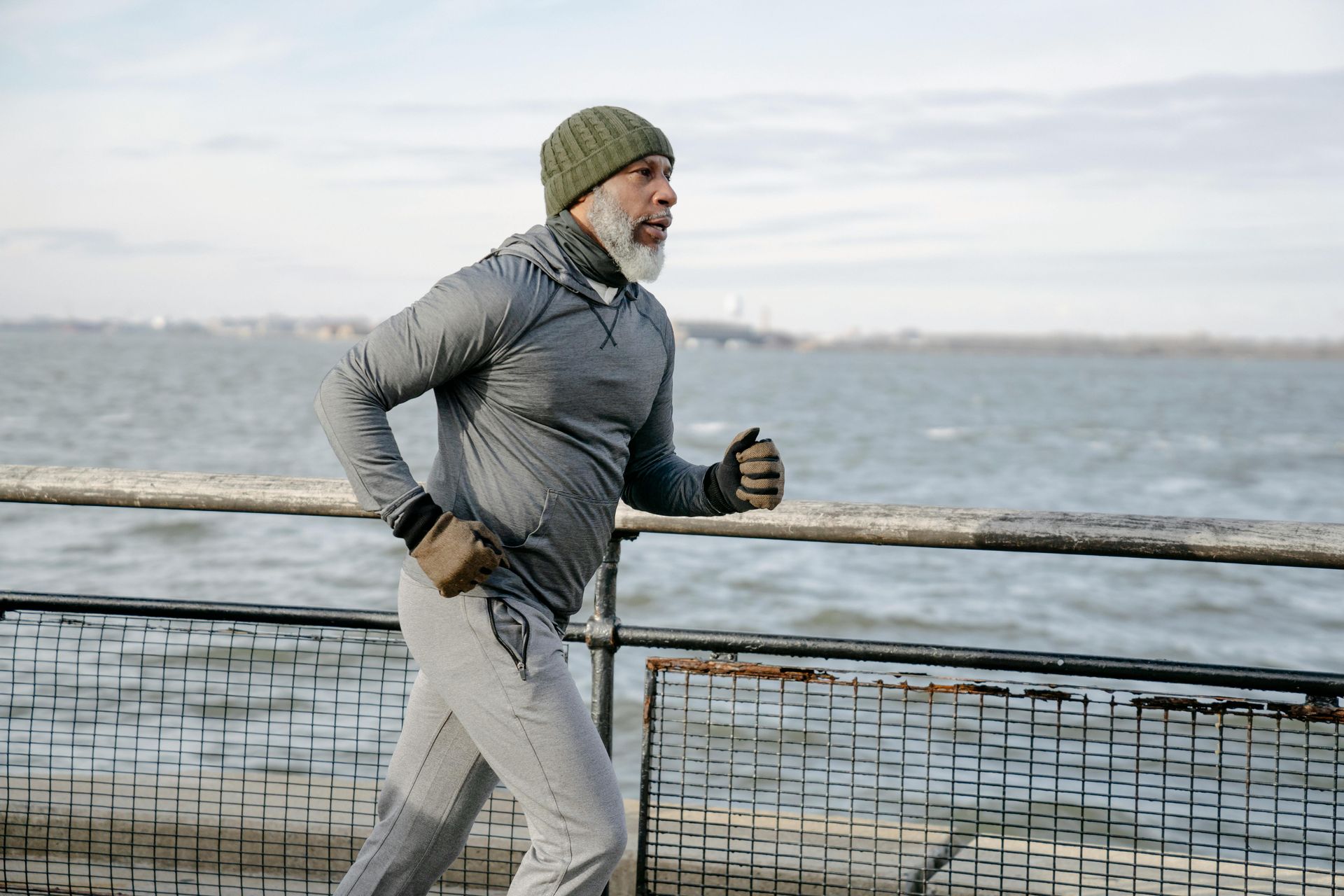Strength Program for Marathon Prep
Preparing for a marathon is a journey that involves more than just clocking up miles. Getting stronger plays a crucial role in enhancing your endurance and preventing injuries.
This guide provides a simple yet effective leg strength program tailored for marathon runners.
Why Strengthen Your Legs?
Strong legs are essential for marathon runners. They help in maintaining stability, improving running efficiency, and reducing the risk of injury.
By focusing on these muscles, you can improve your overall performance and endurance.
Simple Exercises to Build Leg Strength:
Chair Squats
How to Perform:
- Stand in front of a chair with your feet shoulder-width apart. Lower your body as if to sit, then stand back up.
- Aim for 3-4 sets 15-20 reps
- Benefits: This exercise targets your quadriceps and glutes, crucial for power and stability.
Reverse Lunges
How to Perform:
- Step back with one leg and lower your body until the front thigh is parallel to the floor. Return to the starting position and repeat with the other leg.
- Aim for 3-4 sets of 6-8 reps L&R
- Benefits: Reverse lunges are great for working the hamstrings and glutes, improving balance and coordination.
Bridge Drills
Bridge drills are great exercises to improve strength through the posterior chain of muscles. Aim for single leg holds, and try to build up your hold time to 30-40 secs on each side.
Calf Raises
Strengthen the lower part of your legs, and are possibly the most important part of the body to strengthen for running. You could start with some single leg calf raises and try to work on 3 sets to fatigue L&R.
We have written a specific blog on the importance of calf exercises for runners, with further information and a more specific advice/recommendations for exercise.
Additional Exercises:
- Leg Presses: Target multiple leg muscles.
- Hamstring Curls: Focus on the back of the thigh.
Incorporating Strength Training into Your Routine
- Frequency: Aim for at least two strength training sessions per week.
- Duration: Each session should last around 20-30 minutes.
- Progression: Gradually increase the intensity, load and volume of your workouts.

Balancing Running and Strength Training
It's important to find a balance between running and strength training. Overdoing either can lead to fatigue and injury. Listen to your body and adjust your training accordingly.
To start with it might be sensible to perform your strength exercises on non running days. So your weekly plan might have 3-4 days for runs, and 2 days assigned for the strength exercises.
Conclusion
Strengthening your legs is a vital part of marathon preparation. The exercises mentioned are easy to incorporate into your routine and can significantly improve your running performance. Remember, consistency is key, and it's important to listen to your body to avoid overtraining.
For personalised advice and support, don't hesitate to contact
Chelmsford Physio. Our team is dedicated to helping you achieve your marathon goals with tailored
physiotherapy treatments in and around Chelmsford, Essex.



